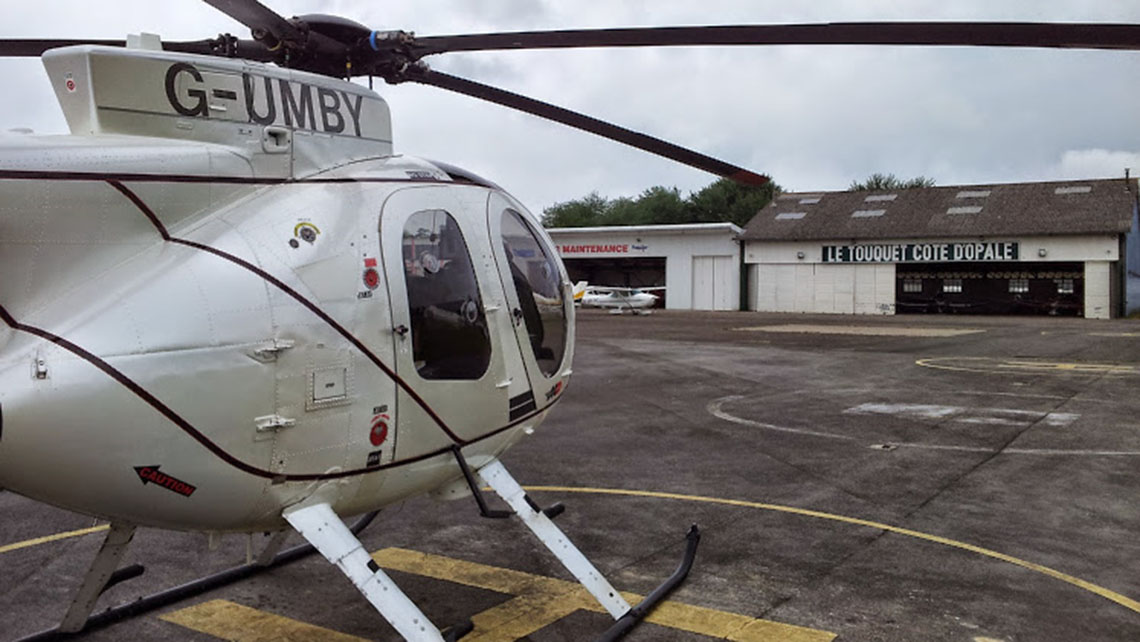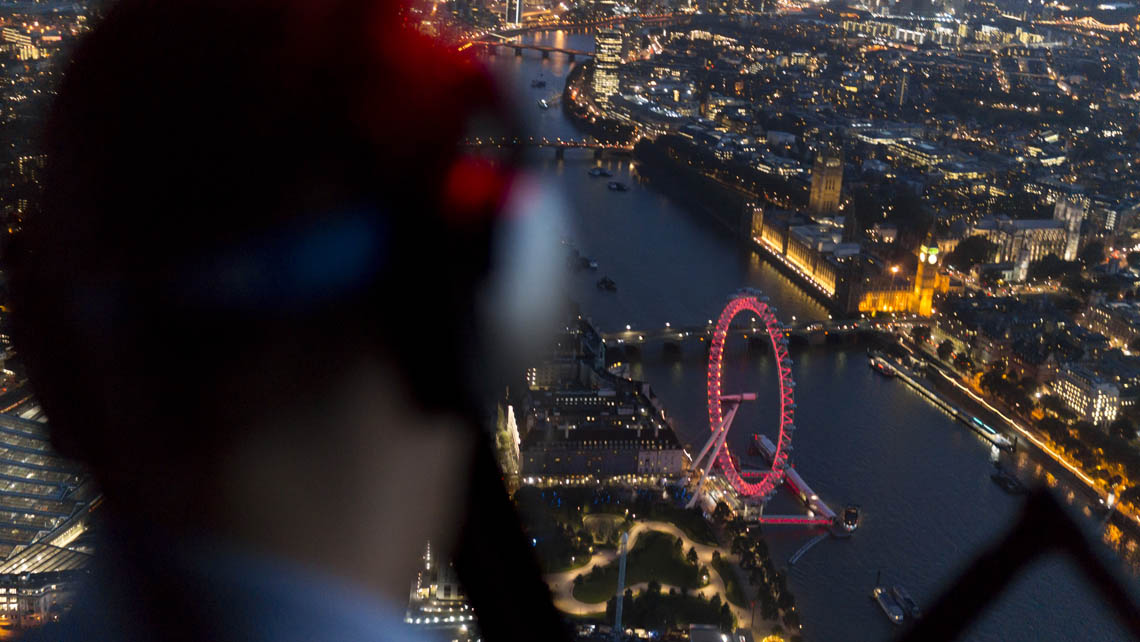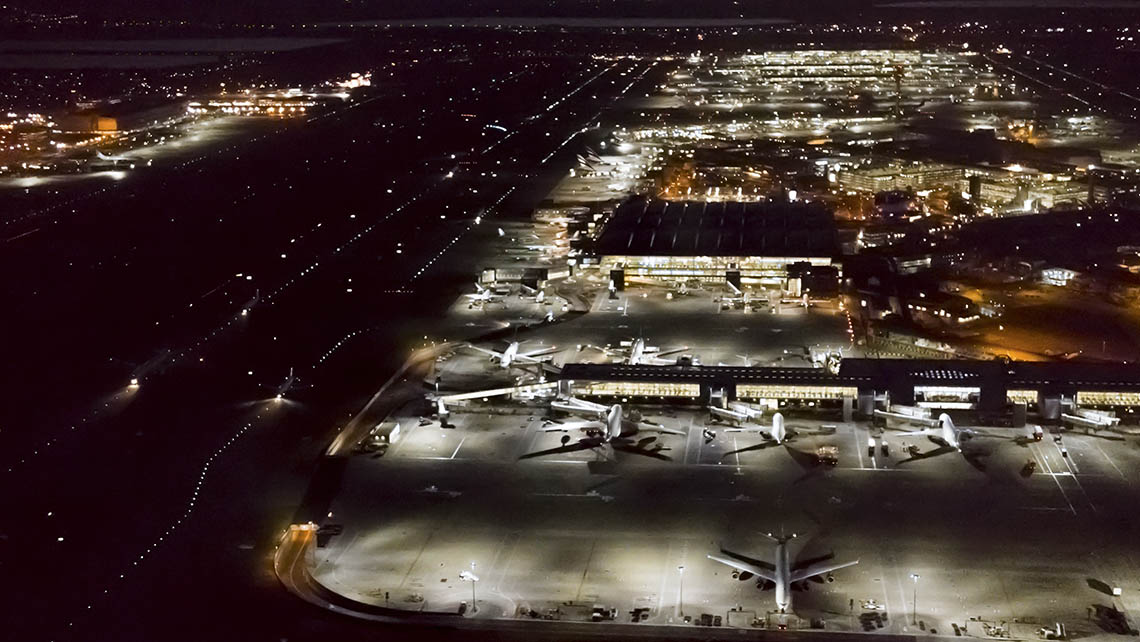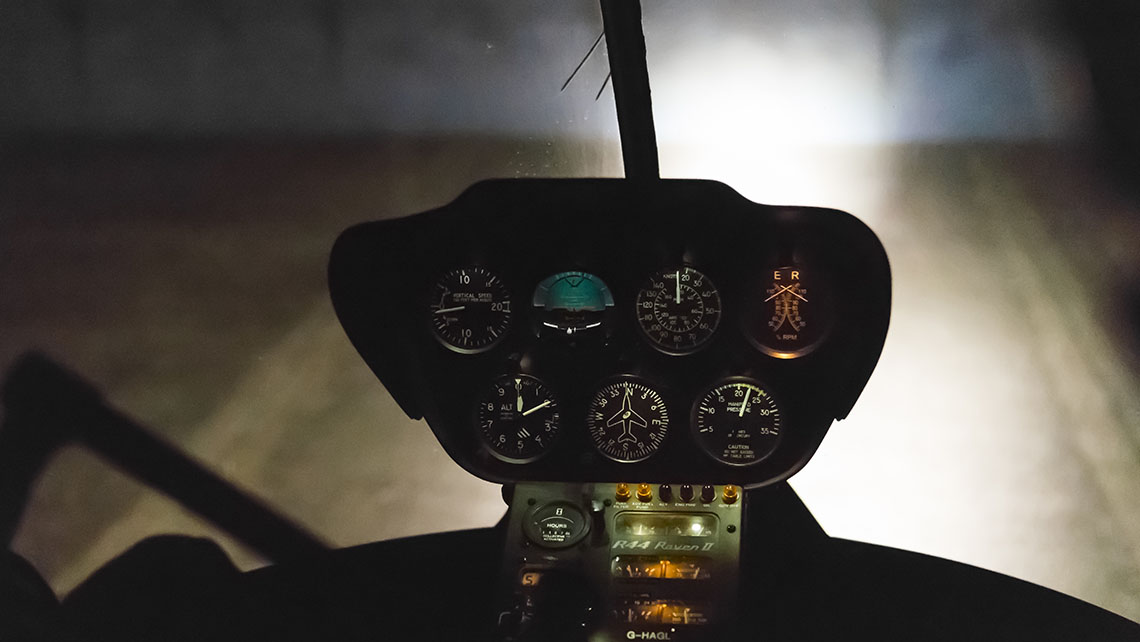If you want to take it further, you need to start training for the Commercial Pilot's Licence. This professional qualification allows you to transport passengers commercially.
If you are interested in instructing fellow pilots, the Instructor Rating is the next step.
AB Helicopters can offer advice on converting foreign licences, as well as arranging training to add a new helicopter type rating onto your licence, including turbine transitions, or a night qualification.
Ground Tuition
AB Helicopters can offer bespoke ground training towards completing the PPL(H) theoretical knowledge exams. We can also provide customised lessons to accompany and supplement your flight training.
Popular topics cover Navigation and Flight Planning, Airspace Classification and Helicopter Aerodynamics.
AB Helicopters can provide private one-to-one home tuition, either at a convenient location or at our dedicated office located in Hertfordshire.
Please enquire for hourly rates.
Type Rating
To be able to expand your piloting experience onto different types of helicopter, you must first complete a Type Rating.
The advantages of testing yourself on a new helicopter are fantastic; the ability to fly faster, carry more passengers, fly for longer and to fly helicopters with different engine types. In order to safely learn how to operate a new type, a course of 5 flight hours as well as comprehensive ground tuition is required before a test with a CAA examiner.
AB Helicopters can help organise type ratings and provide instruction on the following helicopters:
- R-22
- R-44
- Hughes MD 500
The flight syllabus includes:
- Start-up and shut-down procedures
- Takeoff, landing and hovering
- Autorotation's and emergency procedures
- Limited power and confined area operations
- Aircraft systems and dimensions
- Engine controls and operations
- Flight controls and instruments
- Emergency procedures and limitations
Interested in our flight training services?
Night Rating
This course will allow you to fly after dark, to experience the beauty of seeing the world at night from the air.
The training course includes:
- 5 hours of theoretical knowledge
- 10 hours of instrument time
- 5 hours of night flight time
The night flying section is split into at least 3 hours of dual instruction, 1 hour of cross country navigation and 5 solo circuits. The training can also include navigating the London Heli-Lanes at night.
As flying at night is a challenging and demanding skill, the CAA imposes a number of experience requirements:
- 100 hours total helicopter time post issue of a PPL(H) including,
- 60 hours PIC of helicopters
- 20 hours cross country flight
The flight training syllabus is divided into 6 exercises which cover:
- Basic instrument flight
- Radio navigation
- Use of radar and ground based assistance
- Basic night flying procedures including hovering, circuits and level flight
- Solo circuits at night
- Cross country flight at night







